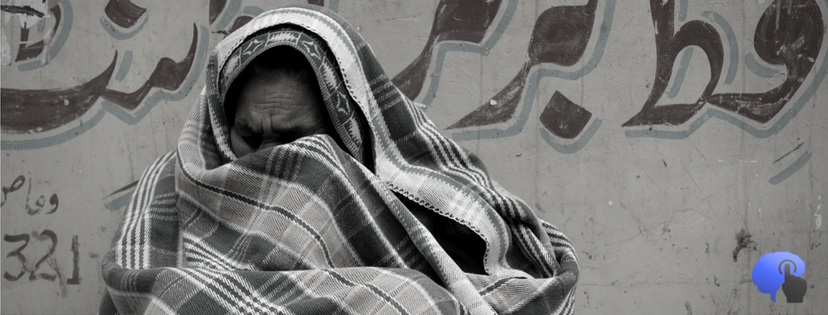
While the science of behavioral economics is getting more popular and its application becomes wider, it is important to ask ourselves how it could be used for severe humanitarian matters.
The identifiable Single Victim Effect
A really interesting example and phenomenon of pro-social behavior (helping the others) is the one of the identifiable Single Victim Effect.
According to this effect, when people who desire to make a donation and they have available information about a victim tend to develop more intense feelings towards it and want to help more. That’s why usually the victims depicted are children. Also, this could be happening because the help targets one person and there is not just a general promise of helping a lot of people.
When does Identifiable Single Victim Effect fade?
Kogut (2005) mentions that the effect of the identifiable single victim effect can be frequent in helpless victims, like children, but it decays when the donors assume that the victim is worthy of its misadventure, leading to the opposite course of thought (the victim is not a target of help, but a target of judgement and fairness).
Moreover, Erlandsson, Björklund & Bäckström (2015) supported that donors tend to make donations which will have the maximum impact. That means that if they can help more people with the money that they would donate for just one victim, they will do so, because their decision will be more fruitful and will have a bigger radius. To be exact, that applies when the possibility of choosing the quantity of victims is present.
Why does this change of heart occur?
This change is explained by the fact that people choose between alternatives, weighing the pros and cons based on various characteristics, and in this case, the pro is the quantity of people that they will help. Besides this, the preferences of people can change when they have more information that they can compare.
So, when an image of a helpless child and an image of many victims are judged separately, the identifiable single victim effect is more possible to happen.
But when there is a simultaneous comparison, the donors realize that they can help more people with the same money, compares the radius of his donation options and the identifiable single victim effect seems to fade into oblivion.
Conclusions
In sum, the impact of the identifiable single victim effect seems to be triggered by emotional reactions by the donors’ side. Based on the aforementioned facts and researches, any rationalizing procedure seems to undo this specific effect.
A humanitarian organization that wants to organize a campaign or a fundraiser should examine closely the framing of the victims’ depiction, so the maximum impact can be achieved.
Do you have any examples in mind of the aforementioned effect? Have you seen this tactic and wondered why does it happen? Share your opinion with us!
Christos Panousis
Researcher and Writer for nudge Unit Greece
~Explaining Behavioral Economics Simply~
References
Erlandsson, A., Björklund, F., & Bäckström, M. (2015). Emotional reactions, perceived impact and perceived responsibility mediate the identifiable victim effect, proportion dominance effect and in-group effect respectively. Organizational Behavior and Human Decision Processes, 127, 1–14. doi.org/10.1016/j.obhdp.2014.11.003
Hsee, C. K. (1996). The evaluability hypothesis: An explanation for preference reversals between joint and separate evaluations of alternatives. Organizational behavior and human decision processes, 67(3).
Kogut, T. (2011). Someone to blame: When identifying a victim decreases helping. Journal of Experimental Social Psychology, 47(4), 748–755. doi.org/10.1016/j.jesp.2011.02.011
Johnson, E. J., Shu, S. B., Dellaert, B. G. C., Fox, C., Goldstein, D. G., Häubl, G., Larrick, R. P, Payne, J. W., Peters, E., Schkade, D., Wansink, B., & Weber, E. U. (2012). Beyond nudges: Tools of a choice architecture. Marketing Letters, 23(2), 487–504. doi.org/10.1007/s11002-012-9186-1
Kogut, T., & Ritov, I. (2005). The “identified victim” effect: An identified group, or just a single individual? Journal of Behavioral Decision Making, 18(3), 157–167. doi.org/10.1002/bdm.492
Rubaltelli, E., & Agnoli, S. (2012). The emotional cost of charitable donations. Cognition & Emotion, 26(5), 769–85. doi.org/10.1080/02699931.2011.613921
Żuradzki, T. (2015). The Preference Toward Identified Victims and Rescue Duties. The American Journal of Bioethics, 15(2), 25–27. doi.org/10.1080/15265161.2014.990168
